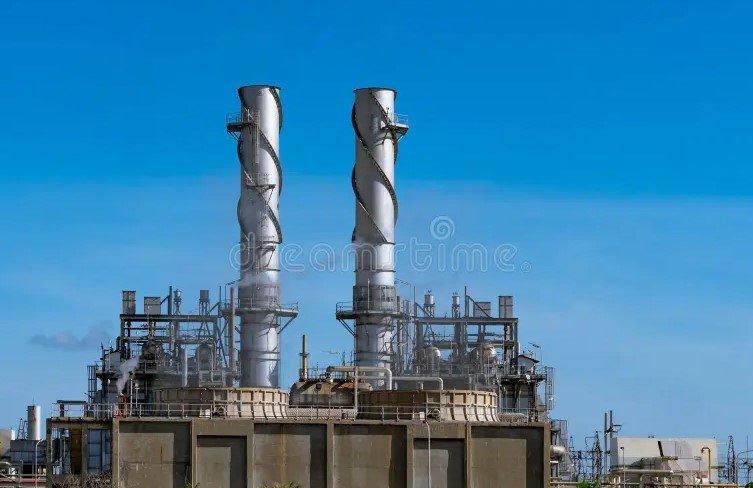Georgia Power has taken delivery of the first of three advanced natural gas turbines at its Plant Yates facility in Coweta County, marking the company’s first new unit of this type in over a decade. This move, announced in mid-August 2025, aims to boost energy capacity and efficiency amid growing demand in Georgia.
Milestone Delivery Boosts Energy Output
The massive turbine, weighing nearly 350 tons and stretching 50 feet long, was assembled at Mitsubishi Power’s facility in Savannah and transported to Plant Yates, about an hour southwest of Atlanta. Officials say the three units together will add 1,300 megawatts of power once fully operational, helping meet the state’s rising electricity needs driven by population growth and new industries like data centers.
This project falls under Georgia Power’s 2025 Integrated Resource Plan, approved by state regulators. It represents a $1.3 billion investment in modernizing the plant, which has served the region for decades.
Experts note that these turbines are designed for quick response to power demands. They can start up in about 30 minutes, a big improvement over older models that take longer.

Efficiency Gains and Fuel Savings
The new turbines promise better fuel use, saving around 3 percent of natural gas per megawatt-hour of electricity produced compared to previous units. This might seem small, but it adds up to major cost reductions and lower emissions over time.
An air-cooled system replaces the old steam-cooled setup, cutting water use sharply. Water for cooling makes up most of a gas turbine’s needs, so this change supports water conservation efforts in Georgia, where droughts have been a concern in recent years.
Lower turn-down rates allow the units to run at reduced levels during low demand without shutting down completely. This avoids wasteful idling, reduces wear on equipment, and keeps operations smooth.
Here are key efficiency benefits:
- Faster start times reduce downtime and improve grid reliability.
- Reduced fuel burn lowers operational costs for Georgia Power and its customers.
- Less water consumption aligns with sustainable practices amid climate challenges.
Job Creation and Economic Impact
Beyond energy gains, the project is creating hundreds of jobs. Construction will employ about 600 workers during the build phase, with 15 permanent positions added once the turbines are online.
Local leaders in Coweta County welcome the economic boost. The area has seen growth from manufacturing and tech firms, and this upgrade supports that trend by ensuring stable power supply.
The turbines are also built to handle hydrogen blends in the future, positioning Georgia Power for cleaner energy transitions as global shifts away from fossil fuels continue.
Environmental and Technological Advances
These units incorporate state-of-the-art features that cut emissions. By burning fuel more cleanly, they help Georgia Power meet stricter air quality standards set by federal and state agencies.
Research from institutions like Georgia Tech highlights how such technology reduces the environmental footprint of natural gas power. For instance, efficient combustion means fewer greenhouse gases per unit of energy.
In a broader context, this fits into national trends where utilities are replacing coal plants with natural gas to balance reliability and sustainability. Recent events, like the 2024 surge in U.S. gas turbine orders reaching 60 gigawatts annually, show a boom in this sector to support data centers and replace older coal infrastructure.
| Feature | Old Turbines | New Turbines |
|---|---|---|
| Start-up Time | Over 1 hour | About 30 minutes |
| Fuel Efficiency | Standard | 3% savings per MWh |
| Water Use | High (steam-cooled) | Low (air-cooled) |
| Turn-down Capability | Limited | Improved for low demand |
| Future-Proofing | None | Hydrogen-ready |
Looking Ahead for Georgia’s Energy Future
As Georgia’s economy expands, with new factories and tech hubs popping up, reliable power is key. This turbine delivery is part of a larger plan that includes battery storage and solar additions, aiming for a diverse energy mix.
State officials approved nearly 9,900 megawatts of new resources in July 2025, including these gas units. The full rollout at Plant Yates should wrap up in the coming years, providing long-term benefits.
We encourage you to share this story with friends and leave your thoughts in the comments below. What do you think about the shift to more efficient natural gas power?
